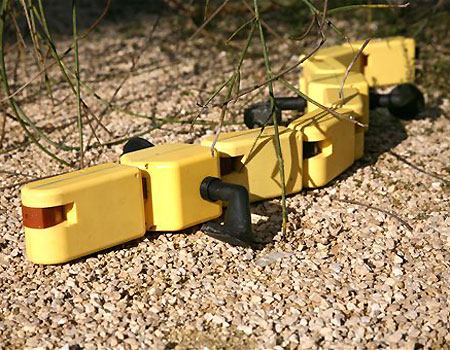Start-ups create smart businesses by imitating nature

Just before Christmas, I researched a new start-up company called Sun Catalytix that is backed by a well-known tech entrepreneur and innovator, Bob Metcalfe, the inventer of Ethernet and the founder of 3Com. I've posted an entry about the company over at my other blog home, GreenTech Pastures. But what makes Sun Catalytix doubly intriguing to me is the fact that the company isn't just a pioneer in renewable energy, it is a pioneer in the idea of emulating processes found in nature to create commercially viable business processes. "In general, people are finding that nature has been working on these important problems for billions of years," says Metcalfe.
This process is called biomimetics. In the technology world, probably the best known example of biomimetics would be neural networks, but today there apparently is very little overlap between the worlds of biology and technology despite the big biotech movement a couple of years back. Fox News just published a feature in early December 2009 drawing the link between biomimetics and robotics, such as the example of the salamander below.

In the case of Sun Catalytix, the Cambridge, Mass., company is using the principle of photosynthesis as the catalyst for its work to use solar energy to split water into its core compounds, hydrogen and water. The hydrogen portion could be useful in creating a solar energy source that could be used at ANY TIME of day, even when the sun isn't necessarily shining. The intermittent nature of many renewable energy sources has been one of the biggest stumbling blocks to acceptance.
Another example of a company embracing biomimetics is Harvest Power, an organics management company in Waltham, Mass. Harvest Power uses leaves, grass, brush and food waste to produce renewable energy in the form of biogas. Harvest Power CEO Paul Sellew says the company does this by emulating the process of anaerobic digestion -- essentially by creating the same environment that you would find in a cow's stomach. The residual gets used for composting, to create high-quality soil.
The first major project being taken on by the company is located in British Columbia, where Harvest Power is building a facility that will process more than 30,000 tons of organic waste per year.
This post was originally published on Smartplanet.com